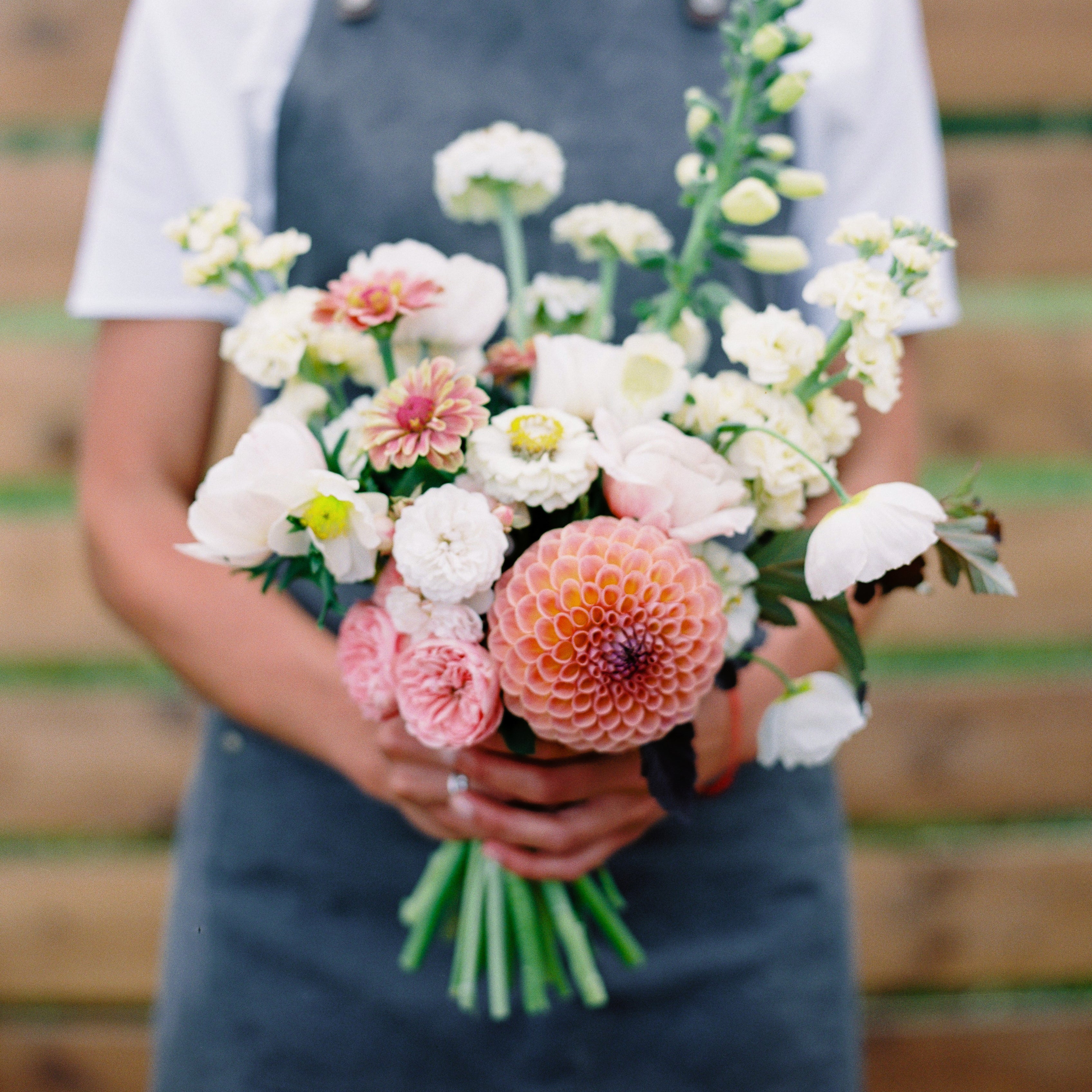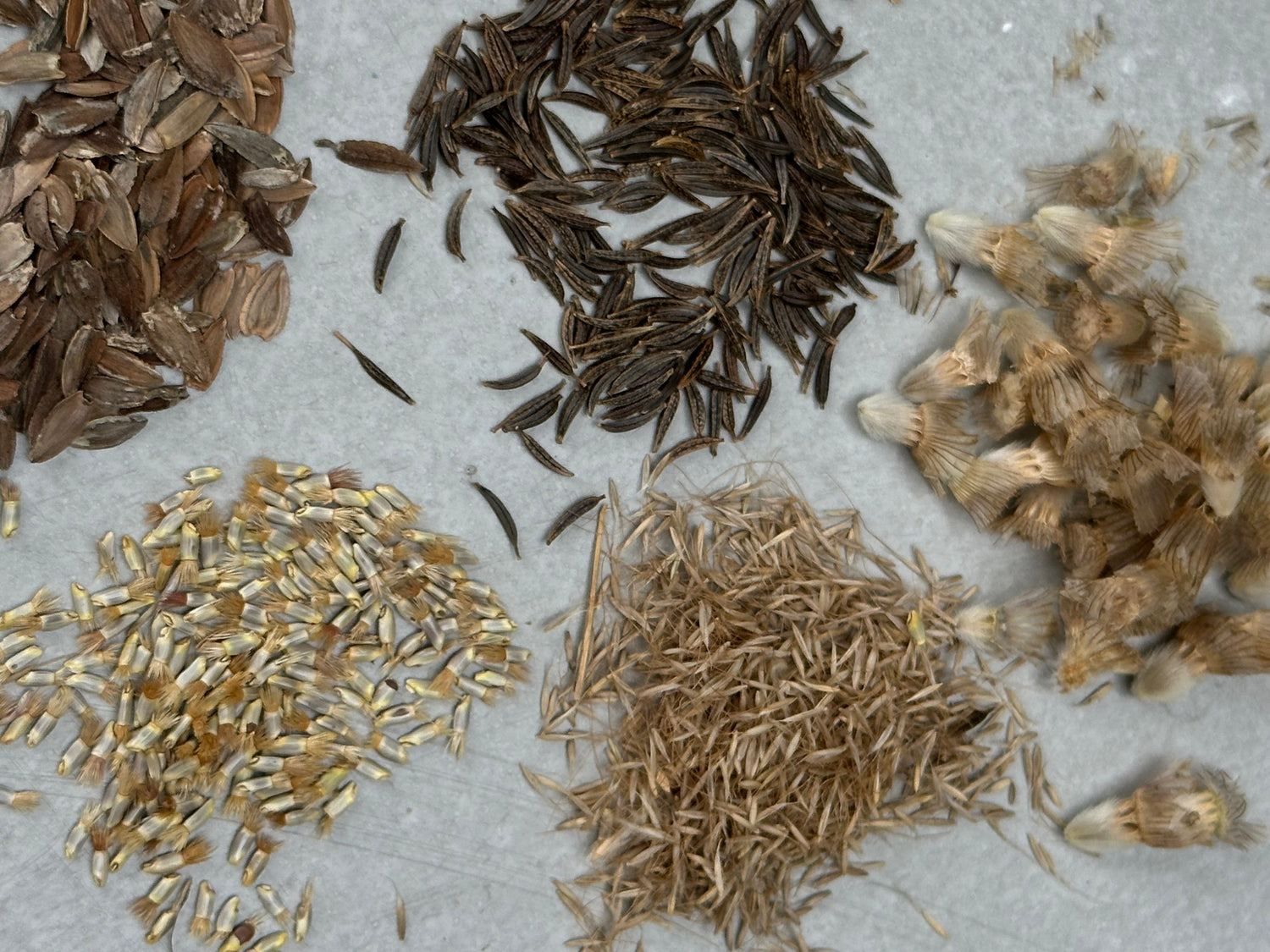Seeds are the cheapest way to multiply plants. 95% of plant diseases and pathogens are not transmitted to the next generation. To successfully grow flowers from seeds, they must be stored and germinated correctly. Depending on the type of plant, storage periods and germination requirements differ.
Here we discuss useful facts and tricks to store and germinate your seeds successfully, based on scientific knowledge and publications.

Picture 1. Low oxygen content (0 or 2%) during storage increases the shelf life of lettuce seeds stored at a relative humidity of 33% and a temperature of 37°C.
1. About seed storage conditions
The best conditions for seed storage:
1. Humidity - 30% (low)
2. Temperature - below 15°C
3. Darkness
The main advice in temperature conditions for seeds storage is stability. For example, storage in the range of +14- +18 °C is better than storage in the range of +5 - +30°C.
High humidity is bad for seeds shelf life, since seeds can actively adsorb moisture, which in turn triggers oxidation processes.
Light in many cases stimulates seed germination processes. Therefore, storage in the dark in low humidity conditions helps to reduce the rate of oxidation processes and maintain a high percentage of germination.
Sometimes on the Internet we also meet "experts" who suggest that seeds should "breathe", so it is necessary to use perforated paper. The graph with lettuce seeds above shows an experiment with lettuce seeds stored at different oxygen levels in the air - 0%, 2% and 21%. The best germination, growth and development of the embryo is observed in the complete absence of oxygen.
And other experiments show that storage in an atmosphere of nitrogen or inert gases is the best.
Many sources recommend storing seeds in refrigerators. This has its advantages - low temperature and, as a result, low oxidation rate of the endosperm and embryo tissues. But keep in mind that the humidity will be high. So it is necessary to completely seal your seeds and it is best to add silica gel granules to the bag with seeds.
It is important to know that each crop has its own terms of preserving germination.
Average shelf life under favorable conditions for different crops:
| Aster 1-2 years |
| Amaranth 4-5 years |
| Anthirrinum 3-5 years |
| Sweet pea 3-5 years |
| Cosmos 3-5 years |
| Molucella 2 years |
| Stock 4-5 years |
| Nigella 3-5 years |
| Forget-me-not 3-5 years |
| Foxglove 1-2 years |
| Scabiosa 2-5 years |
| Phlox 1-3 years |
| Zinnia 2-5 years |
| Pumpkin 3-6 years |
| Broccoli 3-5 years |
2. About the dormancy of seeds
Seeds dormancy is a temporary inability of a (viable) seed to germinate under favorable conditions (presence of moisture, the right temperature and oxygen).
As a rule, this is a strategy for the survival and adaptation of plants to unfavorable external conditions, allowing seeds to germinate, for example, only after a long period of cooling (winter). In this case, seed maturation can occur as early as early summer, but in July and August in this climate it is very hot and there is little rain, which will lead to the death of the population if the seeds do not have a programmed dormancy state.
The mechanisms of dormancy in seeds are regulated by 2 hormones - abscisic acid (suppresses seed germination) and gibberellic acid (activates germination).
Cold stratification is needed to suppress the activity of abscisic acid and consists of keeping the seeds in the cold in a moist state for a certain time. The optimal cold temperature and time of stay differ for each crop.
Thus, to break the dormancy of seeds, you can apply the following strategies
- Cold stratification - the traditional method
- Soaking in a solution of gibberellic acid (GA)
- Soaking in a solution of potassium nitrate. KNO3 inhibits the activity of abscisic acid.
Cool the seeds or soak them in GA - the choice is yours.
In the graph below (palm family seeds), the % of germination after cold stratification (3 months) is only slightly better compared to soaking for 48 hours in a solution of gibberellic acid (GA3) at a concentration of 1000 ppm.
3. About seeds freezing
We regularly receive questions about seeds freezing during transportation.
So, we will try to answer as thoroughly as possible and dispel the myth that seed freezing is destructive.
The Global Seed Vault is located on the island of Spitsbergen, where seed samples of major agricultural crops are placed for safe storage. The seeds in this vault are sealed in envelopes, which in turn are packed in plastic four-layer bags, which are placed in containers standing on metal shelves. Low temperature (−18 °C) and limited oxygen access ensure low metabolic activity and slow down the aging of seeds.


4. Practical recommendations for storing seeds at home
The most expensive seeds of agricultural crops are stored in vacuum big bags made of barrier materials that do not allow oxygen and moisture to pass through. Such technologies are widespread in the USA, and here is an example of one of the companies https://vacqpackusa.com/.


At home, you can use vacuum foil bags, to which you can add silica gel granules to adsorb moisture. After pumping out the air, such bags can be placed in the freezer if you plan on long-term storage (more than six months) or in the general compartment of the refrigerator if you want to use the seeds in the near future. You can also use metal containers with silica gel with a tight lid.
It makes no sense to use ordinary film vacuum bags, since polyethylene allows oxygen and moisture to pass through.





Leave a comment
This site is protected by hCaptcha and the hCaptcha Privacy Policy and Terms of Service apply.